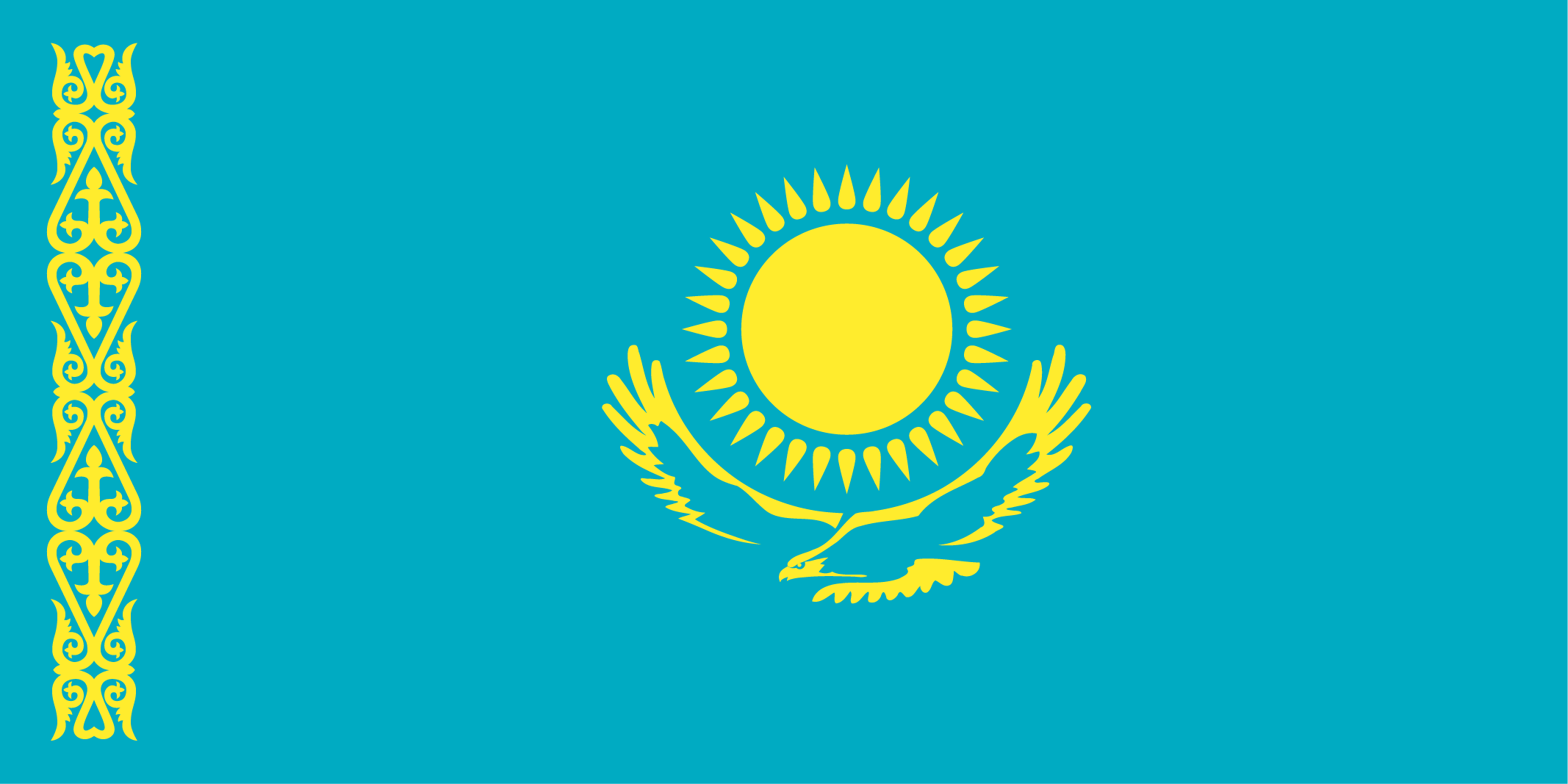Transportation of the Deceased by Air: Features and Organization Process
When is Transportation of the Body by Air Necessary?
In some life situations, there arises an acute need to arrange the transportation of a deceased person's body over a significant distance. This issue is especially relevant if the individual passed away in another country or region, and urgent delivery to the burial site is required. In such circumstances, air transportation becomes the fastest and logically correct method of transportation. It is important for the family that everything is done in accordance with established rules and that the process proceeds without unnecessary delays and complications. Funeral services offer optimal solutions, allowing relatives not to worry about complex logistics.
Why Choose Air Transport?
The choice of an aircraft for transporting the deceased body is based on several reasons. Firstly, it is about the speed of delivery. Sometimes burials are scheduled for a specific date, and delays are unacceptable. Additionally, it is not always possible to use ground transportation—distances or geographic features make it ineffective. If the transportation of the body by plane is organized correctly, the process goes as smoothly as possible. In most cases, air travel is the only way to repatriate the body when it is necessary to deliver the coffin to another country or continent.
Features of Transportation of the Deceased Body by Air
Preparation and Packaging
Before arranging the transportation of the body, strict sanitary and aviation standards must be followed. The first step is the embalming procedure, which is performed at the morgue. After that, the body is placed in a special zinc container. The container must be sealed and placed in a wooden box, where the free space is filled with shavings. This is done to ensure the preservation of the body and to prevent possible damage during the flight. Violating these rules may result in the airline refusing to accept the cargo for transportation.
Required Documentation
To organize the air transportation of the deceased, a considerable amount of documentation must be collected. This list includes: a death certificate with a seal, a certificate of embalming, sanitary permits, a document confirming the sealing of the container, as well as permits for the export of the body. In international transportation, a notarized translation of all documents and, in some cases, an apostille will also be required. The sending of the cargo (referred to as "cargo 200") is carried out through the cargo terminal of the airport at least 4–6 hours before the flight departure.
The Process of Transporting Cargo 200
Each stage of body transportation must be clearly coordinated. Employees of the funeral service coordinate actions: from receiving the body from the morgue and preparing documents to handing over the coffin at the cargo terminal. The stage of actual delivery by plane follows, after which the cargo is met at the destination and transported by ground transport to the chosen location. In the case of repatriating a body from another country, such a route requires coordination with consular services, the airline, as well as sanitary authorities.
Transportation of Ashes in an Urn
If the decision for cremation has been made, it is possible to transport the ashes of the deceased by plane. However, there are also strict requirements here. The urn must be airtight, housed in sturdy packaging that prevents accidental opening. It is not allowed to carry ashes in hand luggage—only in the cargo hold. In this case, it is necessary to provide a certificate of cremation, a document from the sanitary service, and, for international transport, the appropriate translation of documents. Relatives should be prepared for the fact that separate documents will be required to accompany the urn.
Advantages of Contacting a Funeral Service
Arranging the transportation of the deceased by air requires experience, knowledge, and coordination of many processes. That is why it is recommended to contact a specialized funeral company. Professionals handle all necessary documentation, flight bookings, body preparation, coordination with airports, and airlines. Thanks to their experience and existing contracts with airlines, these services can minimize potential risks and expedite the delivery process. This is especially important in cases when relatives cannot independently engage in the organization of transportation.
Individual Solutions and Flexible Approach
Every situation is unique, and the staff of the funeral service approach each transportation individually. The organization may include escorting the body by an authorized person, ordering special transport, preparing the urn or coffin, as well as arranging all necessary documentation in the shortest possible time. Given the emotional state of relatives in such moments, the company's task is not only to ensure correct transportation but also to create conditions under which the family does not have to worry about technical details.
Frequently Asked Questions
- Is it possible to transport the body without an escort? — Yes, with all the required documents, airlines allow transportation without an accompanying person.
- Can a regular coffin be used? — No, air transport requires the use of a zinc airtight container.
- What restrictions exist? — The main ones concern the preparation of the body for transportation, the documentation, and the timing of the body’s submission to the airport.
Conclusion
Air transportation of the body is a responsible and complex process that requires strict adherence to standards, documentation, and the involvement of professionals. Contacting a funeral service allows for the rapid, correct, and minimally stressful delivery of the deceased body for the family. This approach ensures confidence that the memory of a loved one will be honored appropriately and that all stages will proceed according to established requirements.



















































